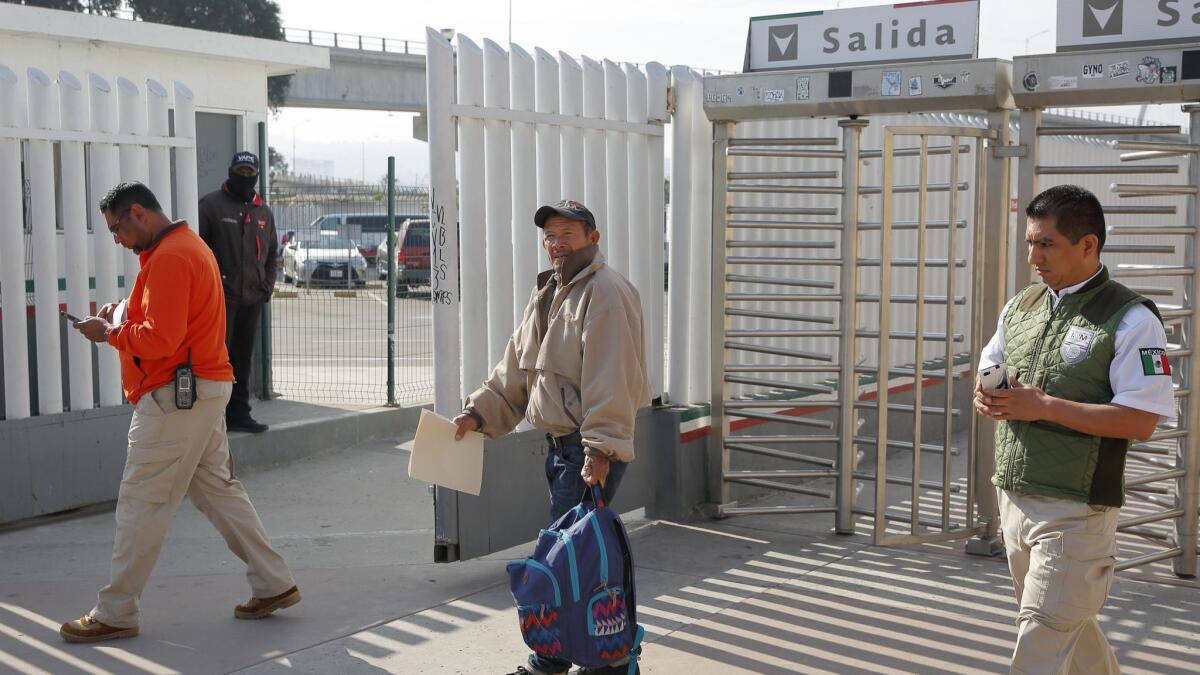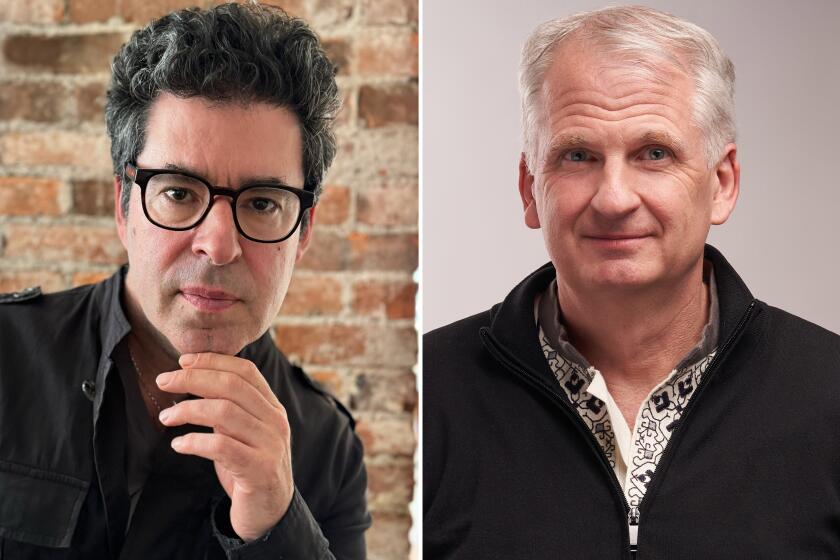Opinion: If Mexico is so dangerous, why does Trump insist asylum-seekers stay there?

President Trump just undercut his own argument on one of his policies again, this time over what to do with Central American asylum seekers entering the U.S. from Mexico.
The president has begun to roll out a policy in which people fleeing violence in Guatemala, Honduras and El Salvador will be told to wait in Mexico while immigration officials consider their asylum requests.
That process can take a year or longer, depending on the governmentâs decision and whether those rejected file appeals. But the president would have the asylum-seekers wait it out in a place he himself argues is so violent the U.S. needs to build a wall to protect our border cities (which have seen no significant spillover from the violence in Mexico).
If Mexico is that dangerous, how does the president justify forcing thousands of people fleeing violence elsewhere to remain at risk along the border?
The U.S. in its laws and international agreements endorses the concept of non-refoulement, under which governments canât force people to return to places where they face persecution on the basis âof race, religion, nationality, membership of a particular social group or political opinion.â For the government to send someone to an environment that it believes is dangerous may not break the letter of the law, but it certainly violates the spirit of non-refoulement.
And it is fundamentally inhumane.
Times journalists working along the border have explored the rising violence, which seems rooted in the weakening control of drug cartels. That creates a void into which local drug dealers rise, creating more friction points and fights over turf.
That crackdown on the cartels has come with backing from the U.S., which also remains the major consumer of drugs smuggled through Mexico. So we are inextricably tied to the drug trade and violence (often committed with guns smuggled from north of the border).
Enter the Fray: First takes on the news of the minute »
Trumpâs State Department in November updated a travel warning for Americans considering going to Mexico that âviolent crime, such as homicide, kidnapping, carjacking, and robbery, is widespread,â and that the U.S. âhas limited ability to provide emergency services to U.S. citizens in many areas of Mexico as travel by U.S. government employees to these areas is prohibited or significantly restricted.â
It also has severely curtailed the travel of its own officials:
âU.S. government employees may not travel between cities after dark, may not hail taxis on the street, and must rely on dispatched vehicles, including from app-based services like Uber, or those from regulated taxi stands. U.S. government employees may not drive from the U.S.-Mexico border to or from the interior parts of Mexico with the exception of daytime travel within Baja California, and between Nogales and Hermosillo on Mexican Federal Highway 15D.â
So how does the president rationalize sending asylum seekers to await decisions by his horrifically overburdened immigration courts in a place that is so violent he wonât even let his diplomatic corps travel around freely?
You can bet that question will come up in legal challenges to the wait-in-Mexico policy.
More to Read
A cure for the common opinion
Get thought-provoking perspectives with our weekly newsletter.
You may occasionally receive promotional content from the Los Angeles Times.











